It’s open season on the most famous bird on the internet.
If you haven’t opened Twitter for a couple of days, we invite you to do so now: just log onto the webpage, and look in the upper left corner. If you’re seeing the new logo for the first time, sit with it for a moment.
This is the new phase of Twitter, one that’s moving forward without its eponymous blue bird.
For twelve years, Twitter has been the place where people went to talk. Then Jack Dorsey left, Elon Musk took over, and the new vision for Twitter has been in play since then. A little over one year into his tenure as Twitter CEO, the first of some massive, divisive changes have rolled out – and it started before the blue bird’s departure.
Here’s what it means for your business, and what we’re looking at for the future.
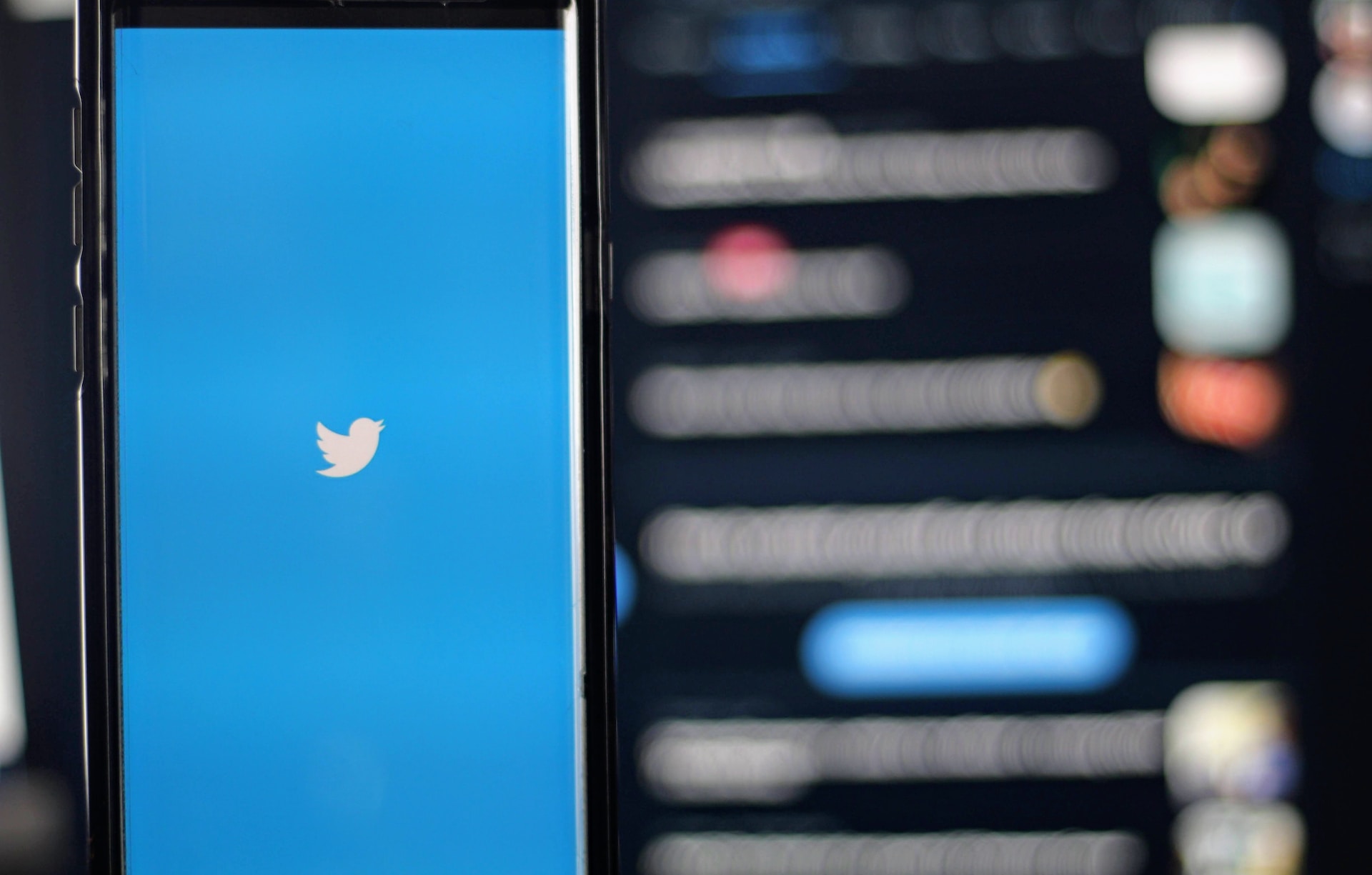
Twitter: A Timeline
Let’s go back to the beginning.
2006: Twitter launches and CEO Jack Dorsey sends the first tweet.
2007: The South by Southwest conference sees a ballooning of Tweets from 20,000 per day to 60,000 per day, starting a period of cascading growth.
2008: Hashtags are officially supported.
2010: Twitter launches ‘promoted tweets’, kicking off its potential as an advertising platform, though it never quite catches on.
2011: Twitter overhauls its design.
2012: Twitter purchases Vine, a shortform video platform, bumping its rating up to 17+ in Apple’s app store.
2013: Twitter launches Twitter Music, an app for the iPhone.
2014: Twitter announces the release of new anti-harassment tools to combat one of its main growing issues – rampant abuse on the platform.
2015: Twitter showcases its new marketing platform partners, opening up the opportunity for marketers to target ads to specific audiences. Tweets are now seen in Google’s search results.
2016: Vine discontinued and the Twitter Dashboard, its business app, is shut down.
2017: Twitter launches the Explore tab, combining their trends, live video streams, search, and Moments, a way for people to get an overview of important tweets or threads.
2018: Jack Dorsey testifies before the Senate about election meddling for the 2016 elections alongside current Facebook COO Sheryl Sandberg.
2019: Twitter reveals that it has suspended 4,800 accounts linked to the Iran government.
2022: Elon Musk takes over Twitter.

That brings us to 2023. Here’s an overview of all the platform’s changes from the beginning of the year to now.
January:
- Third-party API access is revoked. This means apps and websites that relied on third-party APIs to share content to and from Twitter, such as WordPress, no longer function. (For WordPress, this was later fixed, but other third-party APIs are still inoperable).
February:
- Twitter aims to change its ad targeting to function like Google’s search ads.
- Further layoffs were executed, continuing the trend from November 2022.
- The Twitter algorithm is changed to boost Elon Musk’s personal tweets by a factor of 1000.
March:
- The Twitter press team stops responding to enquiries. Elon Musk announces that all press communications will be auto-responded with ?.
- Twitter releases its algorithm to the public on Github.
April:
- New labels are launched for state-affiliated media, which are applied to broadcasting companies such as NPR, BBC, and PBS – notably not state-affiliated.
- Verification is now a paid service under Twitter Blue.
- Cessation of the policy to label state-affiliated media, including for Chinese and Russian state media.
June:
- Measures were implemented to limit the amount of tweets that could be seen per day.
July:
- Twitter is rebranded and renamed ‘X’.
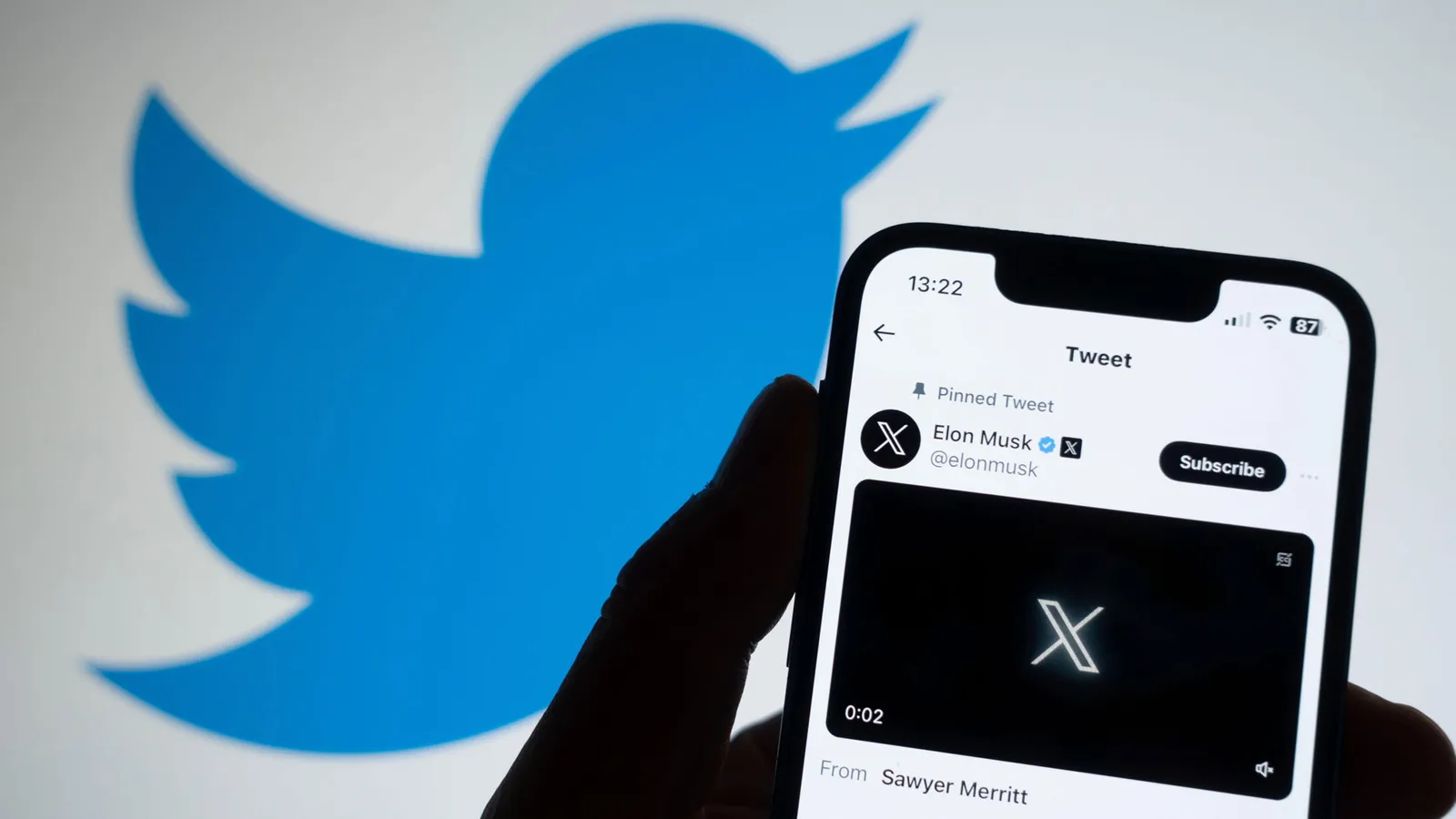
Is the Twitter rebrand that bad?
It’s too early to tell if it’ll be bad or good for Twitter.
What we can say is this:
In 2013, the Oxford English Dictionary expanded its definition of ‘tweet’ – a word in use since the 1800s – to specifically refer to posting on Twitter. When a brand has become so entrenched in daily life that it becomes part of daily conversation to the point where it introduces a new word into the lexicon, it’s powerful. Only a few brands have managed it successfully – we Google things, we retweet someone’s opinion, we check out someone’s Insta.
We can also say this: Twitter’s recognisability as a brand is a poisoned chalice. Yes, it has the reputation of being the public town square – a place where you go to learn. A lot of historical events played out on Twitter, and people around the world had a front row seat to them via updates from verified sources.
Think of the Ukrainian war. Think of the Black Lives Matters protests. Think of the January 6th riots on the Capitol.
But here’s the other side of it: Twitter also has a notable reputation for being a place where content moderation is fast and loose, and harassment is particularly bad and something they’ve been struggling to control since 2015, to limited efficacy.
Rebranding to X will not necessarily remove that negative reputation – but if you’re playing the long game, it’s possible it could help.
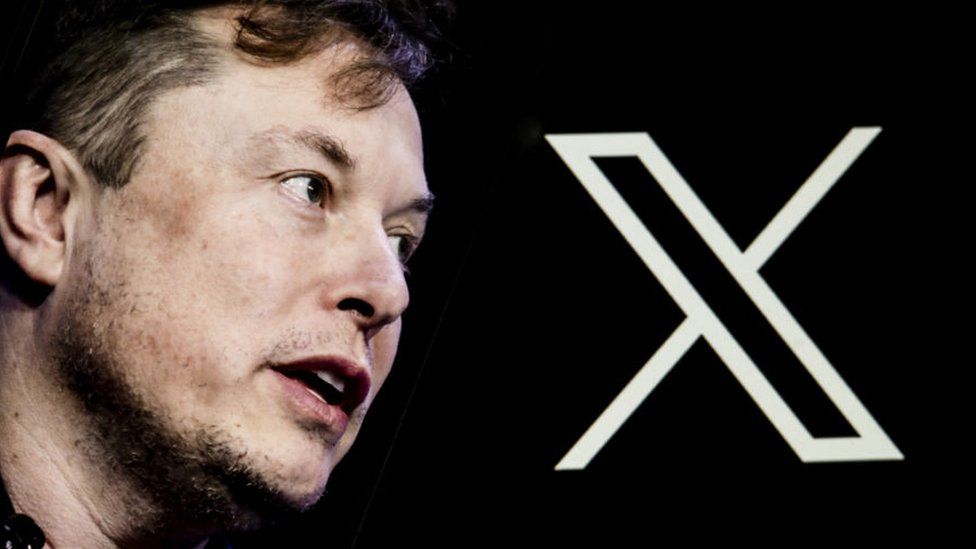
Now that the Twitter brand is dead, is it the end of the platform for good?
It’s possible, but it’s also unlikely.
Social media platforms that have grown and grown to Twitter’s size and userbase have a unique selling point that other social media platforms just don’t have. The reason they’ve managed to grow so much is because of that unique selling point – and it’s what Twitter still has going for it, even with the rebrand, even with all the API changes, even with the declining interest by advertisers.
Twitter is losing money. Twitter has always been losing money. It’s never managed to achieve the same advertising revenue as Facebook, Instagram, Tiktok, or Youtube – but it’s far from being the only social media platform that haemorrhages money. Tumblr and Reddit, two of the most popular platforms, also lose significant cash.
Elon Musk’s divisive practices have hastened the dropping user numbers, but Twitter is still functioning, Twitter still has people using it as their primary platform, and Twitter is unlikely to go away overnight.
And that unique selling point is why: no other site does microblogging quite as well. The new ones that have cropped up – Mastodon, Bluesky, Misskey – are still too new to see whether or not they’ll be any good.
Twitter was a very good platform for artists to advertise their products. It was a platform where journalists crowdsourced information that would otherwise be difficult to obtain. We watched elections play out on Twitter, coordinated information from countries where obtaining information was difficult.
Twitter’s reputation was never great, but it was never any worse than other social media platforms.
And what it had in spades was brand equity.
With the rebrand, that recognition is gone.
But the general consensus on the platform itself is this: whatever it’s going to be called, it’s still Twitter in their minds.
Facebook went through something similar – although officially it’s now called Meta, people still use Facebook to refer to the company at large, and the scandals that plagued Facebook to begin with followed them through. If it is an attempt to wipe the slate clean of Twitter’s previous issues and start anew, it’s not a gambit that works well when the issues are big enough.
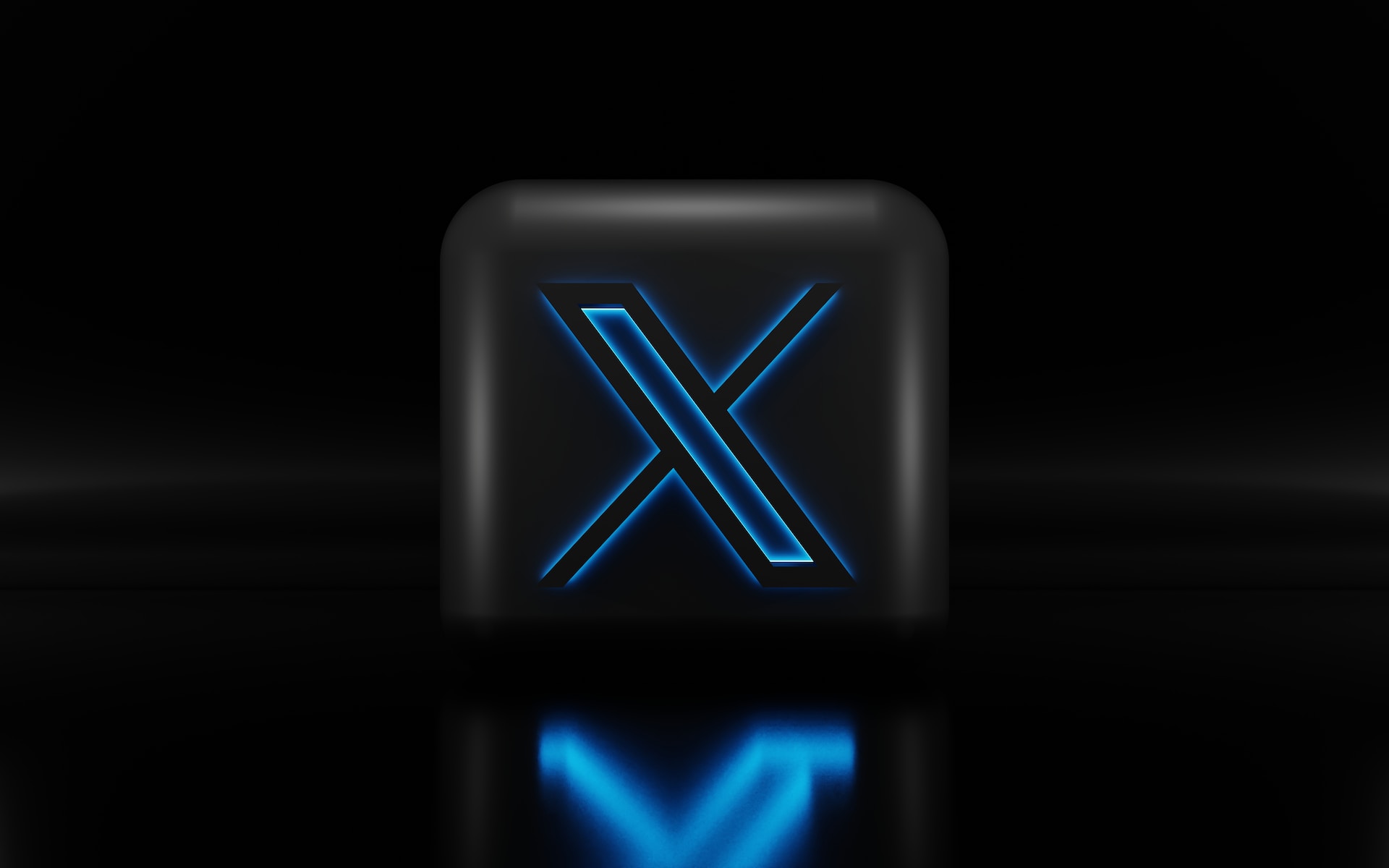
What about the idea of an everything app?
Allegedly, part of the rebrand is because Twitter wants to move into becoming the Western equivalent of an everything app – similar to WeChat, in China.
The theory is sound. Several apps do more than one thing: Tiktok, for example, allows you to show their products within the app.
Where it might falter is in practice.
Forget the difficulties of creating a secure payment service that will work with X. Forget the server impacts of turning Twitter into an app where you can do everything – hosting images, videos, longform content, mini apps.
Regulators don’t want Western tech companies to know so much of your information. European privacy laws alone would slice Twitter’s everything app to ribbons. WeChat in China is a case study that might not be possible to repeat outside of China, and it’s all because of the legal ramifications of data privacy and breaking up tech monopolies.
Beyond that, Twitter’s reputation comes back into play for this – consumers just don’t trust the app itself in its current state. To launch an everything app that can do, well, everything, there needs to be a baseline belief in the app to perform those functions well, and for Twitter, that doesn’t seem to exist.
Twitter was the place where academics could talk about their research, journalists could speak freely, and internet users could go somewhere that wasn’t bloated down with ads and sponsors the way Meta apps were.
It has also been the place you go to to vent about small things, things that were on your mind but didn’t merit the effort of a Facebook post, things that you could complain about in peace to the global public.
That opinion hasn’t shifted, even under the Musk leadership.

What else could happen with the rebrand?
Here’s the thing: it’s so early to tell what could happen with the rebrand that opinions vary greatly.
Let’s see what the team has to say:

Ed
It is too early. One thing we have learned in the world of tech is to never say never. Of course, the regulatory hurdles in the way of achieving the new vision for X are significant, driven by a slumbering bureaucratic giant that the EU keeps ballooning into. Do I agree with wiping out billions in brand equity by killing the Twitter name? I find that a hard one to swallow in these early days. Will the brand X ever rebuild that equity? It really depends on how users take to the platform if they steadily increase the time spent in-app. That’s up to the unpredictable misfiring of Musk’s brain and the team he appoints to steward the brand and the product as it boldly goes where other apps have gone before. And knowing who is behind it, the outcome will either be a catastrophic failure we’d enjoy watching from a distance or a success we couldn’t possibly have predicted. As always, it’s up to us to keep an open mind and a watchful eye. This way we retain the agility to make the best of either situation.

Lisa
This really doesn’t affect me, I’ve never really paid attention to Twitter. But, looking at both logos side by side, the new one looks much less welcoming. I’m wondering if that’s a reflection of a new policy. As a completely unbiased outsider I’m interested to see how this is going to pan out, changing the brand at this stage after you’ve built so much equity could go either way, and it’s probably going to be wildly entertaining whichever way it goes.

Kim
I think we need diversity online as much as we need it in the real world. With Elon Musk taking over so many organisations that we use frequently and practically live on, I feel like that has the effect of flattening out the overall feel of these brands and our online experience. I think Twitter as a brand, with its cute blue bird, represented something that still had some form of diversity in it. With the ‘X’ rebrand and its echoing of so many other tech-obsessed brand imagery and ethos, I feel like it’s taken what Twitter might stand for for a lot of people, and chucked it out the window. With any kind of monopoly, we run the risk of homogenising the type of messaging and voices we’re exposed to, and instead of providing a platform for diversity it becomes one where only those opinions that fit within the brand’s idea will be favoured. Think of Disney and its hold on the media we consume; it has shaped a lot of our thinking in a way that’s probably more vanilla, conservative, and binary than it is (or should be) in real life.

Luke
This is definitely not how I pictured the Twitter brand meeting its downfall. Even though it had its struggles, it was an incredibly valuable resource and entertainment hub, especially with the improvements that were being made in recent years to the way misinformation was being handled. It formed part of a very select group of brands that had their name turned into a verb – I Xeroxed, Googled, Hoovered, Tweeted. I see this as the definitive end of this social media platform as we know it, and X is going to be a different beast altogether. But the beauty of the internet is that the real-estate is endless. The communities that inhabit it remain basically the same, and will flock from place to place like a cat fitting into different cardboard boxes. The question for businesses is, where will they flock to next if they don’t like the further inevitable changes that Musk is going to implement in the coming years?

Cam
Underneath the rebrand is a new direction for the social platform. Twitter has been a great resource for people needing to share info in situations where sharing information is throttled (like in the 2023 Turkish elections) – I’m afraid that the direction Musk is taking the platform in is diametrically opposite to this freedom of speech.

Ernesta
The recent rebrand feels very hasty to me for a few reasons. One, it literally happened overnight without much warning. Nothing wrong with that, if it’s done well, though. Secondly, it doesn’t seem that the whole platform and processes were ready for it – the rollout of the brand seems to be lagging across platforms and devices. Three, the new logo. Using a single character from an existing font on a flat black background feels totally rushed, low-budget and quite disappointing, considering how much time, thought and effort it takes to develop a strong visual brand identity. And I have to agree with Lisa, it does not feel inviting at all. It gives that ‘taken over by the dark side’ vibe.

Andrea
I’ve followed very little at this point, and I can’t say i used twitter regularly. But, I think, we’re still looking at a logo and have not seen the overall impact of the changes that are coming to the platform. Personally, I think the biggest shock is coming from the shift from an approachable blue bird to a very ‘masculine’ X plastered on black. Can such a large platform make many drastic changes at one go? Probably not – so I think, or hope, that we are not seeing the full picture yet. For the sake of my homescreen, I hope that there’s more work to be done on the X though.

Sam
I have never really been a Twitter user, so I don’t feel too strongly about this. I did notice that the new logo looks a lot more bland, cold, and doesn’t stand out compared to the old logo. The old logo was very distinguishable and easy to tell that it belonged to Twitter. If someone saw the new logo without knowing about the change, I don’t think they would know what brand it belongs to. I do think that rebranding is giving them a presence in the press and gets people’s attention because it will be talked about. Even though it might not be positive awareness, it is awareness, nonetheless. However, once the talk about this shift blows over, their equity might continue to decline, especially with the recent introduction of Threads. Ultimately, I think it might be too soon to forecast the direction of Twitter’s future.

Thomas
I find it hard to believe Musk’s goal of making X the WeChat of the West will come to fruition. WeChat is notoriously used as a tool for spying on the Chinese by the government, something that will encounter a lot of resistance on our side of the world, especially with the EU’s stringent personal protection laws. Besides that, the conglomeration of all aspects of services offered by WeChat could never fly in the West with competition and anti-market-dominance laws.

Ranson
Look, Twitter has always been kind of THE place for a bit of craziness (Degeneracy is a strong word, although I wanted to use it), however, it has always been the place for news, whistleblowers, leakers and entertainment. I used to use it to get information about things before Youtube, Instagram and the news could report about it. I figure that that specific use will still not stop.
Like Ed said, the change is ultimately unpredictable. The same person who made this decision made Paypal and Tesla into the giants they are today. So it could kind of make sense to wipe Twitter as a whole. But as Luke said, it became a verb, it’s a very exclusive and strong brand equity that’s hard to compete with. To say that they’re venturing into the deep is an understatement. My opinion is that the whole decision will be beneficial for reputation, however, it will bear fruit in the far future, which may be too late because of Tiktok and their increasing influence.
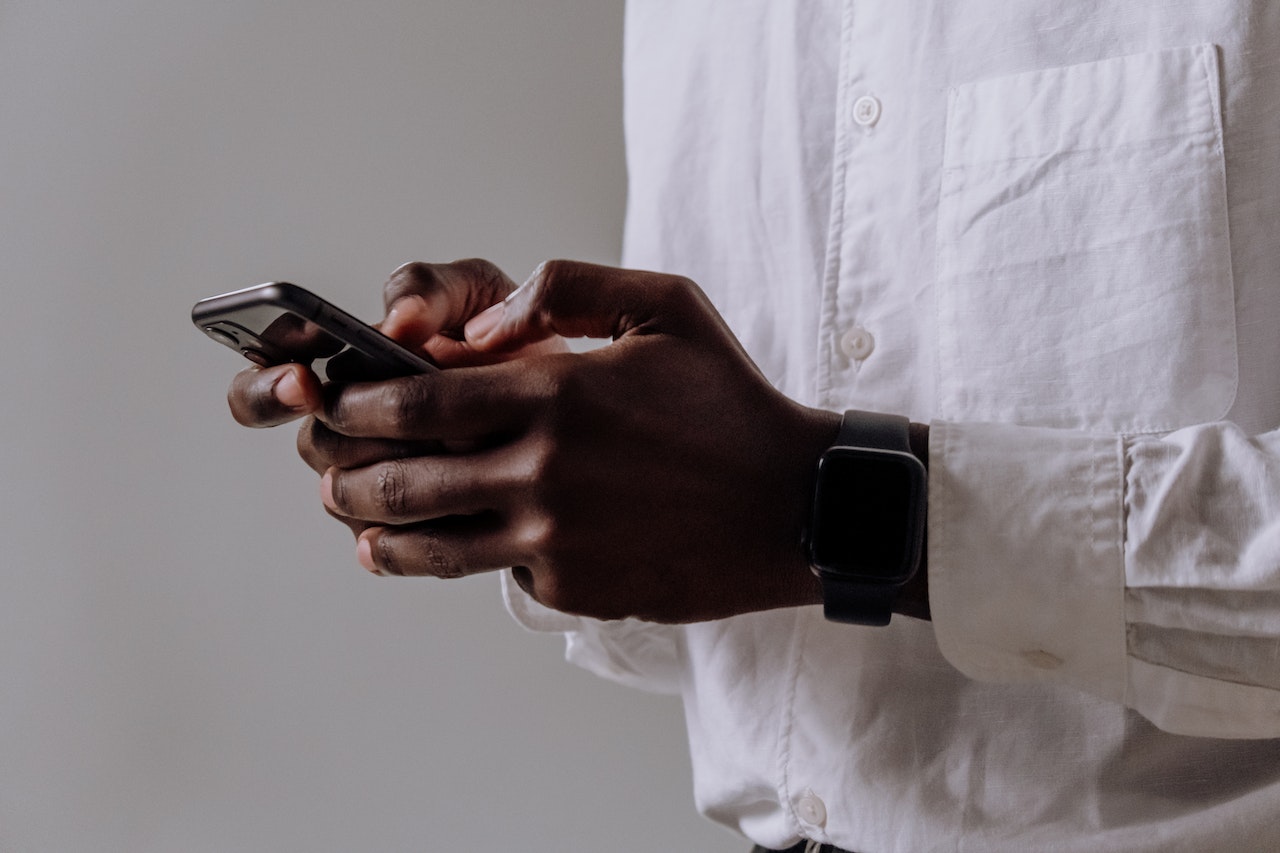
What does this mean for businesses?
At this stage, not much. Could Twitter become the next hot thing in business advertising? Eh. Its purpose as an everything app sort of precludes the idea that you can use it for advertising, and while it’s trying to package something of LinkedIn in its new direction, Twitter is probably going to remain fundamentally Twitter.
That doesn’t mean it’s bad for business. It just means you might need a different way of approaching how you use Twitter – and that’s fine.
Twitter’s not going anywhere yet. We think it’s not going to go anywhere for a long time, rebrand notwithstanding. After that – who knows? The story’s changing quickly.
But we’ll be keeping up with it. This kind of shift doesn’t happen often – and if Twitter really does succeed in changing to an everything app, it could definitely open up avenues for a new kind of marketing.
For now, it’s time to watch and wait.




